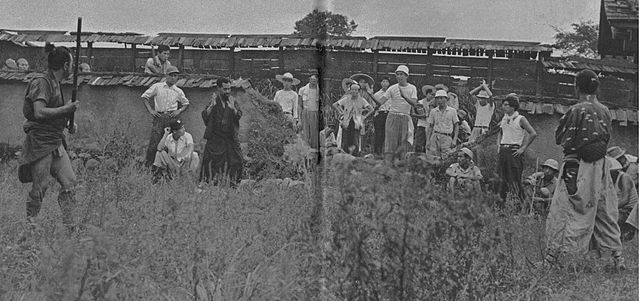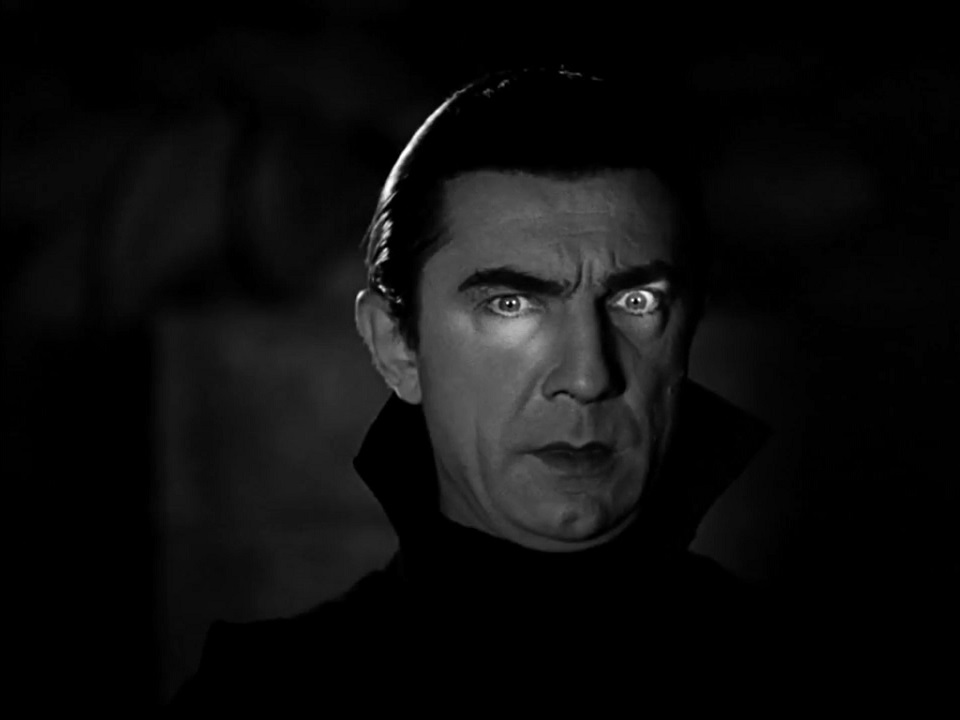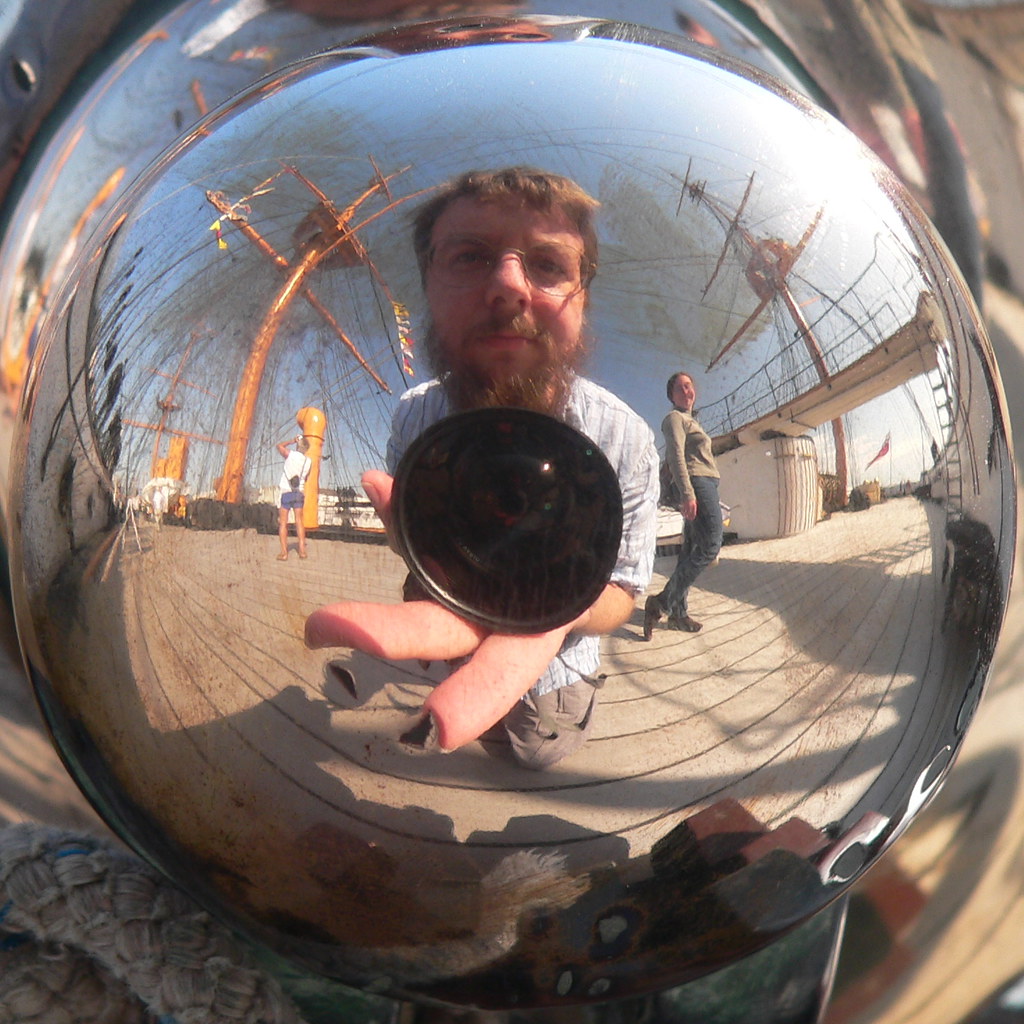The image above is a picture of filming on the set of Seven Samurai by Akira Kurosawa. Seven Samurai is one of my favorite films. If you haven't seen it yet, I highly recommend it. I discovered the movie back when we were living in Maryland.
In the commentary, it is said that Kurosawa read an old story about a village hiring samurai to defend them. This is echoed in the film when near the beginning an elder says when he was young he remembered a village hiring samurai to defend it. Kurosawa has also stated that he was influenced by American westerns.
This film was very influential to film making in many ways. What I want to mention here is the plot. The basic plot has been reused and modified in several later films, some of which are not obvious at first. The most obvious however is The Magnificent Seven, which in turn was parodied by The Three Amigos. This in turn led to A Bugs Life (which is also based on Aesop's The Ant and Grasshopper) and Galaxy Quest. (Then parodies upon parodies led to My Name is Bruce, Tropic Thunder, and Madagascar 2; however, these moved far away from Seven Samurai and focus on the mistaken actor aspect.) A less obvious influence, except perhaps in retrospect, is The Road Warrior. In the commentary of that film it is said that the idea for the plot of Road Warrior came after watching Seven Samurai.
After seeing Seven Samurai I rented Kurosawa's The Hidden Fortress. This time I was ready to look for elements that later movies had built from. After watching the film once it was obvious, almost from the first scene, it was Star Wars. Later I learned this is widely speculated but controversial; to me it is clear, especially because I was not aware of the previous speculation to bias me.
And the list goes on.
In a couple of other places I have stumbled across similar details in the media, some may be coincidences or they may be a real influence; like the death's head moth in The Silence of the Lambs and in Dracula (the Hannibal Lecter character also bears a lot of similarity to Stoker's Dracula) or the character Granger that is good with potions and has an excellent memory in the Harry Potter series and in Ray Bradbury's Fahrenheit 451.
Which brings me to one of my points. It is well known that Shakespeare based many of his plays on earlier works, and Disney has become rich by making productions based on traditional stories in the public domain. Modifying earlier work is a pervasive creative force. However, this is being stifled today. Disney for example, who freely used the public domain characters in its movies changed the law to prevent its characters from entering the public domain. Sergio Leone did not have permission from Akira Kurosawa to base A Fistfull of Dollars on Yojimbo (after the fact he made up an excuse that it was actually based on an old Italian folk-story, but it bears little resemblance and is Yojimbo scene for scene); yet, despite it being copied, we are not supposed to copy A Fistfull of Dollars online... I am all for giving credit where credit is due, but, and this is not mutually exclusive, we should also give some thought to the de facto creative process at work in our culture and not needlessly stymie it.
But enough of the soapbox, there is also the purely neutral aspect that I was fascinated by the hidden lineage behind the plots in some of the most famous movies and wanted to point them out.








No comments:
Post a Comment